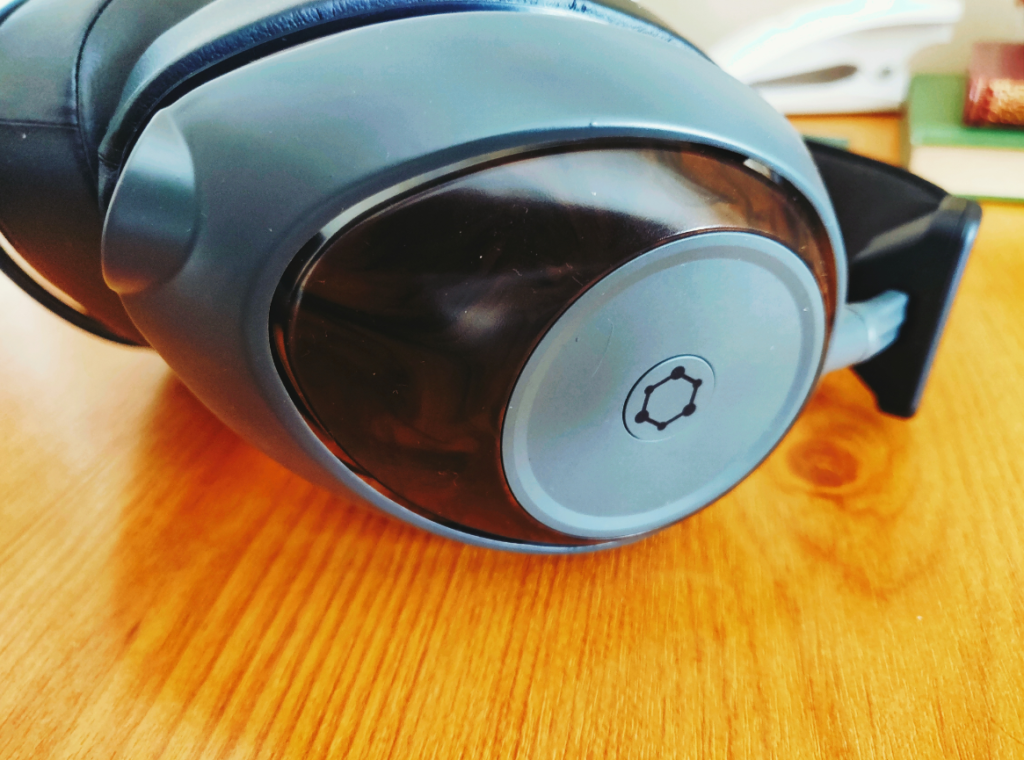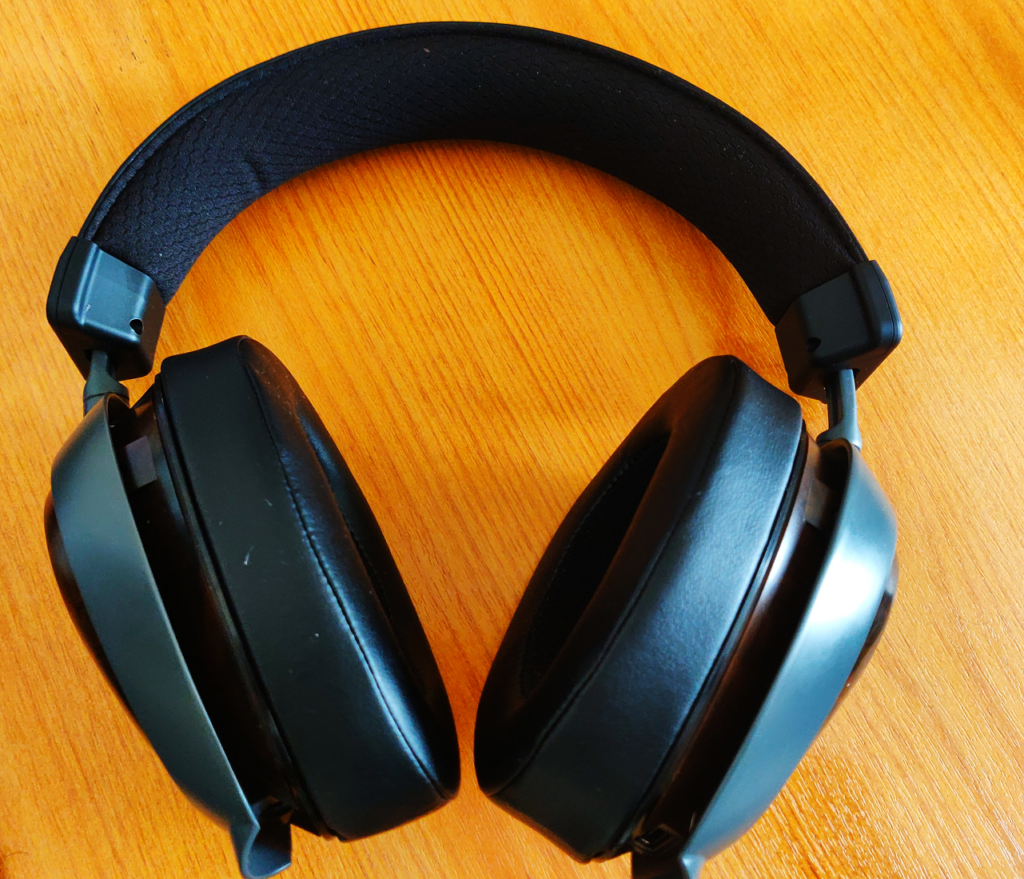Graphene took the world by storm. It’s a wonder material, opening the way for an entire class of 2D structures, with amazing physical properties and limitless applications.
Now, we’re starting to see the first graphene products — and it was worth the wait.

It usually takes years or decades before novel materials leave the lab and hit the shelves, but graphene (the novel 2D material consisting of a single layer of carbon) made its way to the market incredibly fast. Perhaps it was the Graphene Flagship, the billion-dollar initiative spearheaded by Nobel Laureate Konstantin Novoselov that spurred this, or perhaps it was the remarkable properties of graphene itself — but whatever it was, it worked.
It’s no coincidence that headphones are one of the first products in which graphene made its way. The material is highly conductive, flexible, strong, and light — it’s an ideal material for speakers, especially on something like headphones.
Ora, a Montreal-based startup, has turned graphene speakers into a reality — and they sent me a pair for review. Here’s what I thought of them.
Ora’s GrapheneQ Headphones
As I took the headphones out of the box, I wasn’t sure what to expect. I tried to avoid external information as much as possible to make a fresh impression.
The headphones are pretty big, a bit bigger than I expected. But as you hold them in your hand, they feel sleek and durable. It was pretty unexpected — I was expecting them to feel bulkier, but with graphene working its magic, that’s not the case; they’re light. Remarkably, despite being light, the headphones also feel sturdy, durable. It’s an impressive combination — light and sturdy is exactly what I want from my headphones.
The feel is nice, but of course, it’s the sound that matters. So I took the wireless headphones (they also come with a cable, but I tried them in wireless Bluetooth first), and plugged in some songs.

As it happens, my playlist at the time was acoustic rock — and it sounded good; real good. I planned on listening to a single song, but I got carried away and forgot to switch off after the second song, and then the third.
The sound was crisp and clear and I got swept away to the simple yet catchy guitar tunes. As far as first impressions go, you can color me impressed. But acoustic rock isn’t exactly the genre to put the headphones to the test. We needed something stronger.
Trying out different things
I imagine that, as high-end headphones, Ora’s headphones are aimed at people who want high-quality sound in the comfort of their home or office, and aren’t necessarily meant to be taken out in the real world. But I did anyway.
The headphones aren’t noise-canceling, which some disappoint some people. To me personally, it was great. I walk and cycle around quite a bit, and I hate when my headphones completely cut me off from the world. If there’s a car crazy-honking behind me, I wanna hear it. Even without noise-canceling, the headphones do a pretty good job anyway. They come over the year and block out all but the loudest sounds (at least at the level of music I listen to).
Even outside, I enjoyed the crisp quality of the sound. I tuned into some heavy metal, smooth jazz, and the ever-complex sounds of Pink Floyd. They all sounded great.
Billie Eilish also put the headphones to the test, as did Bjork. The low and high sounds blended excellently, and the multitude of instruments and tonal varieties was perfectly-represented. If you’d put a gun to my head and asked me to find a flaw, I’d say that on rare occasions, the highs don’t come in as big as they should. Again, this is a taste thing — I imagine to people who dislike aggressive highs this is an advantage, but I have no problem with a bit of screeching once in a while.
The bass is mildly boosted, and everything else sounds warm and crisp — I’ve used this word three times already because it’s exactly how I would describe the overall sound.

Since I only own one other pair of headphones (and borrowing from all my friends didn’t seem like a good way to do a comparison), I asked the owner of a music store to allow me trial and compare Ora’s GrapheneQ Headphones with some of the other high-end headphones they had.
Let me tell you, they stand up with the very best of them — and quite possibly rise above.
As I combed through the different pairs of high-end headphones, it was clear that different producers tend to emphasize different sound frequencies. I imagine some people love their big bass boost, whereas others love strong mids. As far as I’m concerned, I couldn’t find any headphones I enjoyed more than Ora’s ones — and the overall sound quality truly is superb.
The bottom line
It’s hard to say whether the headphones are better than what’s already on the market. At the top of the product range, the differences become minimal — and despite my occasional guitar-playing, I can’t claim to have a perfect ear. But what is clear is that the audio quality is indeed impressive.
Another advantage of the graphene speakers is the excellent battery life — far longer than what I’m used to. I used the headphones for days before remembering to plug them back in.
Overall, I enjoyed them — greatly. I had no problem taking them out in the world and felt good listening to all genres I could think of (which included everything from classical music to anime soundtracks). The bragging rights of enjoying graphene technology while working also felt good.
The headphones are pricey, however. They’re not something most people afford on a whim, and I can’t speak for lifetime durability (yet). The retail price is $499 USD, although recent Kickstarter backers got them for $299.
But they are cool nonetheless. Are they worth it? That depends. If you want top-notch graphene headphones, and are willing to pay the price, the answer is probably yes.






